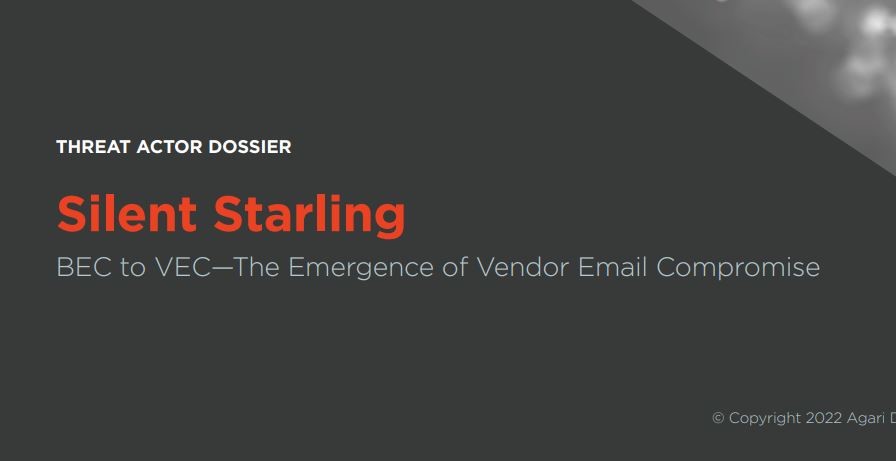Vendor email compromise is a new form of advanced email attack that uses compromised email accounts to target the global supply chain. With the cybercriminal group we’ve named Silent Starling, we see how devastating these attacks can be.
Download the threat actor dossier to:
- How Silent Starling uses phishing email lures to target their victims
- Why compromised email accounts make email attacks easy to execute
- Which regions are most impacted by this form of attack
- Why vendor email compromise will be the largest cyber threat in the next 12-18 months
